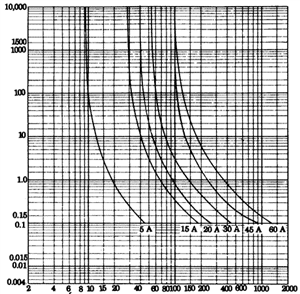I was asked a series of interesting questions this week about fault protection and overload protection for a particular application. Some of these really make you think, and the physics doesn't always lead you where you think you'd go.
Dropping out of all this, was me pointing out something interesting which I wonder whether it's ever crossed the minds of contributors to this Forum ... so here goes.
Ever thought about what, in typical UK installations, protects the electronics in a plug-in [to a standard BS 1363-2 socket-outlet] phone charger / wall-wart type power converter against:
(a) Fault current (consider both cases of L-N and L-PE); and
(b) Overload current ?
